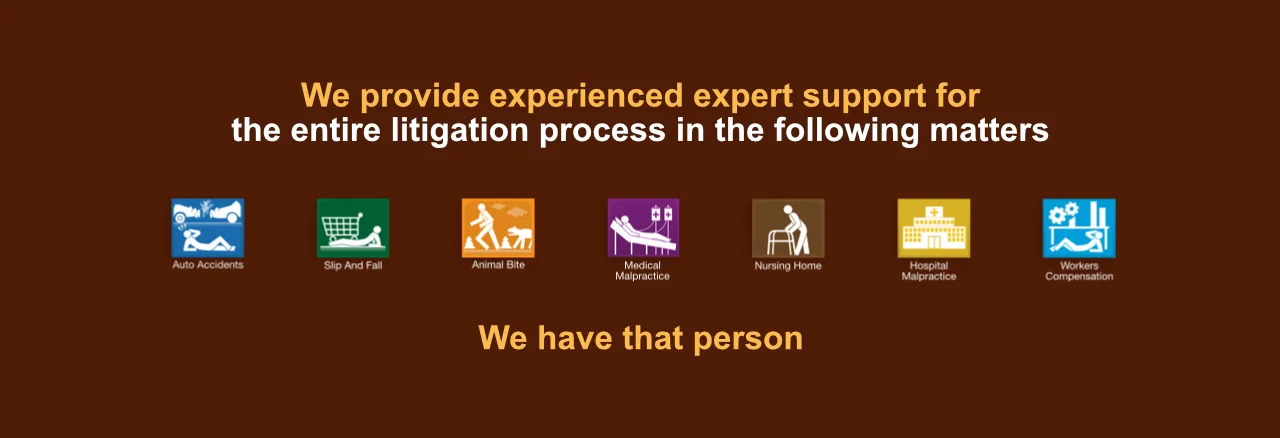A known epidemic plaguing America is the overuse of and addiction to opiate medications. Opiate drugs are technically not tranquilizors which are in fact another set of addicting drugs. Tranquilizers, somewhat like alcohol (also a drug), are designed to reduce anxiety and nervousness whereas opiates are primarily designed to reduce pain. Both classes of drugs can cross over and have a certain amount of effect on both fronts but the cross over effect for the drug is much smaller than the primary effect. That is to say, a pain drug will have some calming properties but the main effect will be always for pain. The same idea is true for the tranquilizors. However, when used together the two drugs are synergistic where one and one equals three. The combined effect of using two drugs is much more potent and dangerous than using either alone. The purpose of this article is to explain one aspect of addiction treatment which is the use of drugs.
To many people it does at first seem counter intuitive to treat an addiction to one drug by switching to another. Two commonly used drugs for opiate addiction these days are Suboxone and Methadone. If these drugs are prescribed by trained physicians and used properly they can and do help treat the addiction. Let me explain how. In essence, our brains make millions of chemical neurotransmitters which signal one nerve to another in the brain. This is what controls brain function. One of these transmitters is a chemical called Dopamine. When it is produced it produces a good feeling in your system. It makes you have the drive to live, move and be happy. Without it, life itself becomes an insurmountable problem. One simply has no will to move or do anything. It is a miserable state.
Opiates tend to mimic Dopamine and other endorphines making a person feel good. This then leads the brain to want more and a viscious cycle is set up where the user takes opiates all the time to get the good feeling. As this occurs the brain makes less Dopamine because it senses that you have enough (as it doesn't understand that you're taking it in pill form). The brain's feedback system then is telling it to make less because it has enough. This is like a thermostat on your heater. If your house has extra heat because the gas range is on high the thermostat will not know, or care, why the house is warm enough it will just signal the furnace to stop. Over too long a time the brain tends to lose the chemicals needed to make Dopamine because they're just not needed if one keeps taking pills. The person thus becomes addicted to the drug and starved of brain Dopamine.
It is very difficult to then break the addiction because if one stops taking the pills then there is literally no motivational effect on the brain at all. Moreover, many people can and do suffer seizures, shaking, loss of appetite, heart irregularities and other conditions of ill being when the brain is not working right. This person then is really stuck in a bad place. The horrible feelings they experience are real and they truly need help. There are many forms of assistence but with respect to drug assisted care Suboxone and Methadone work by attaching to the same signal sensors as do the opiates. Thy tend to causes a much less powerful effect on the brain so that the patient doesn't feel as bad as with nothing but not as euphoric as with opiates. This tends then to signal to the brain that Dopamine is low and that it (the brain) needs to redevelop the biochemical systems to produce Dopamine again. This does take time but it does work.
A third drug known as Narcan (Naloxone) is also used in the setting of opiate use but it is not an anti-addiction drug. Narcan is a drug which rapidly reverses respiratory insufficiency and arrest in patients taking opiates. Opiates tend to be attracted to and bind tightly with inhibitory receptors in the brain respiratory control center which causes one to stop breathing. Narcan, which can be given by injection or inhalation, immediately bumps the opiates off the respiratory center resulting in the ability to breathe right away.
Medically assisted treatments (MAT's) then are one legitimate part of a multi-pronged approach to the treatment of opiate addiction.


